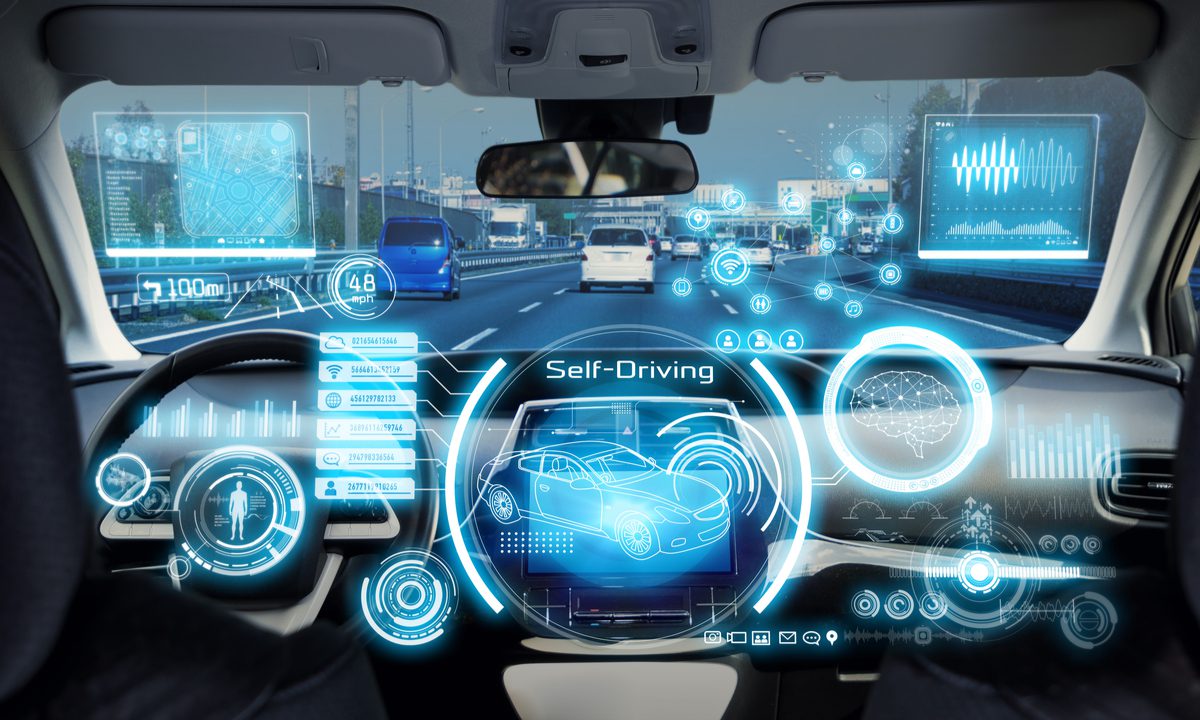
By: Mark McCarthy (Brookings)
Fully autonomous taxis without safety drivers are already operating on the streets in select U.S. cities like San Francisco, Phoenix, and Los Angeles. As political commentator Matt Yglesias recently noted in his blog, “autonomous taxis are no longer a hypothetical future technology. They exist, and you can ride in them.” In San Francisco, they’ve even become a tourist attraction.
Self-driving cars hold the potential to offer significant benefits, including improved road safety, increased mobility for those unable to drive, enhanced convenience for passengers, a more efficient and cost-effective transportation system (partly due to a reduced number of vehicles), and a lower environmental impact due to their smooth and controlled “eco-driving” compared to human drivers.
However, the challenges associated with self-driving cars are not a distant concern; they are pressing issues for U.S. policymakers today. Policymakers are struggling to keep pace with these rapid advancements and have yet to establish an effective regulatory framework that ensures public safety concerns are adequately addressed.
The following initial observations aim to clarify these challenges. Future posts will explore the safety of self-driving cars in more detail, the necessary regulatory structures for their public deployment, and the assignment of liability in accidents involving self-driving vehicles. The goal is to summarize the ongoing discussions about safety and regulation and contribute to developing a regulatory regime that supports the safe deployment of self-driving cars.
Featured News
Big Tech Braces for Potential Changes Under a Second Trump Presidency
Nov 6, 2024 by
CPI
Trump’s Potential Shift in US Antitrust Policy Raises Questions for Big Tech and Mergers
Nov 6, 2024 by
CPI
EU Set to Fine Apple in First Major Enforcement of Digital Markets Act
Nov 5, 2024 by
CPI
Six Indicted in Federal Bid-Rigging Schemes Involving Government IT Contracts
Nov 5, 2024 by
CPI
Ireland Secures First €3 Billion Apple Tax Payment, Boosting Exchequer Funds
Nov 5, 2024 by
CPI
Antitrust Mix by CPI
Antitrust Chronicle® – Remedies Revisited
Oct 30, 2024 by
CPI
Fixing the Fix: Updating Policy on Merger Remedies
Oct 30, 2024 by
CPI
Methodology Matters: The 2017 FTC Remedies Study
Oct 30, 2024 by
CPI
U.S. v. AT&T: Five Lessons for Vertical Merger Enforcement
Oct 30, 2024 by
CPI
The Search for Antitrust Remedies in Tech Leads Beyond Antitrust
Oct 30, 2024 by
CPI